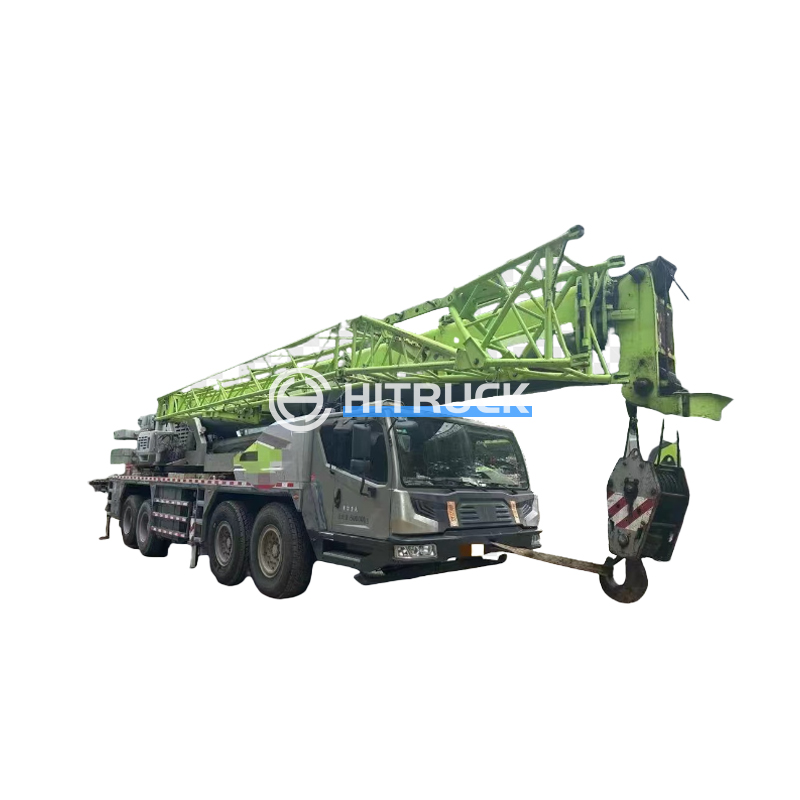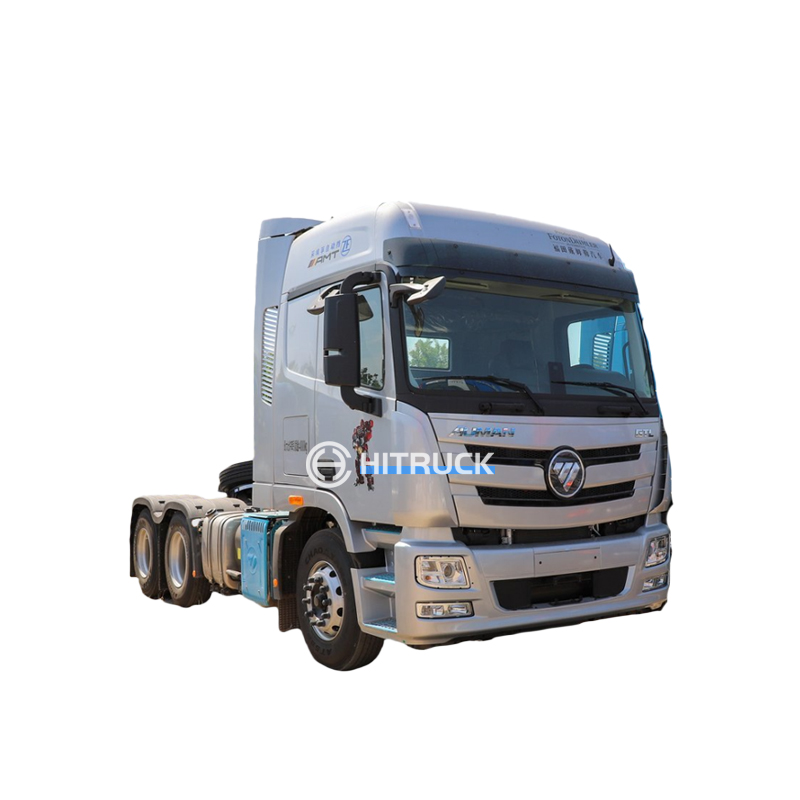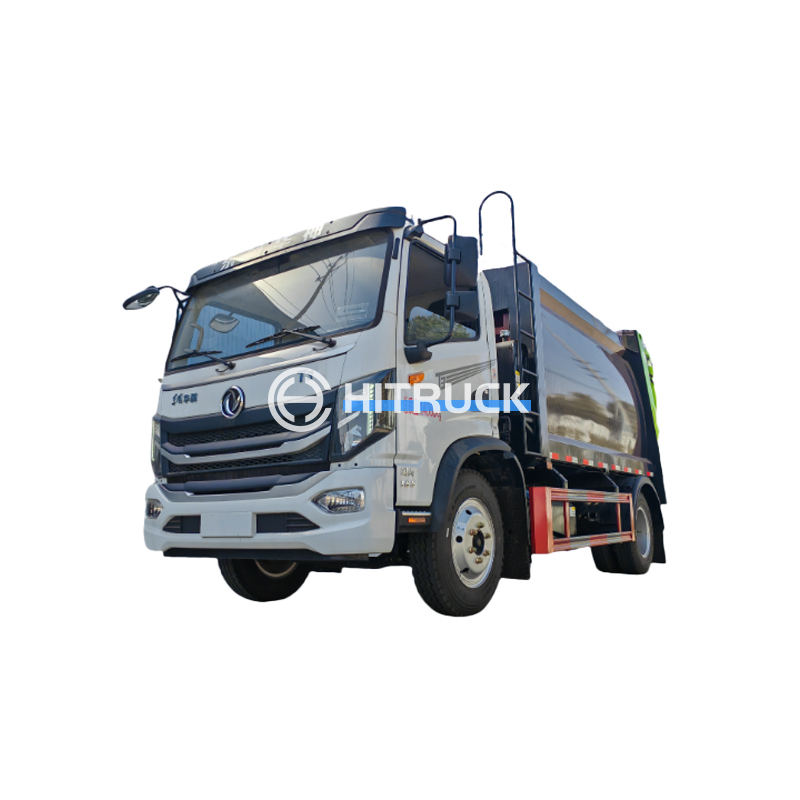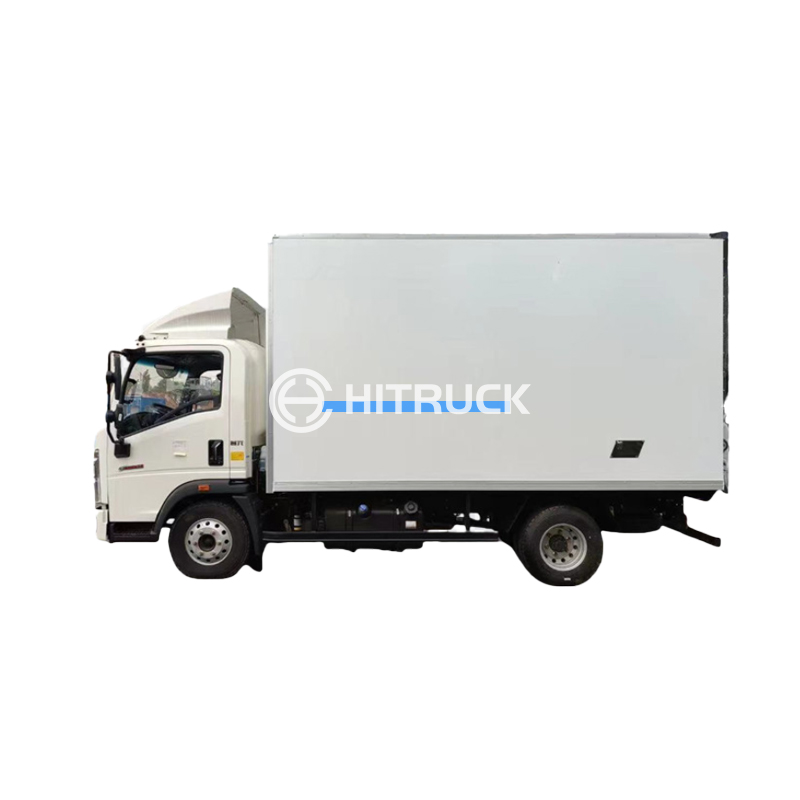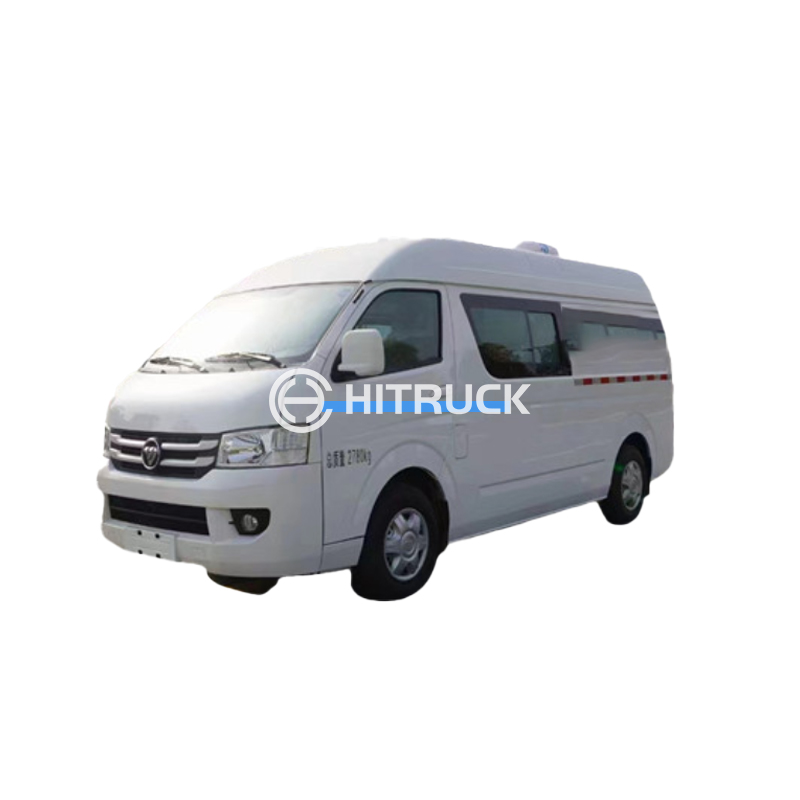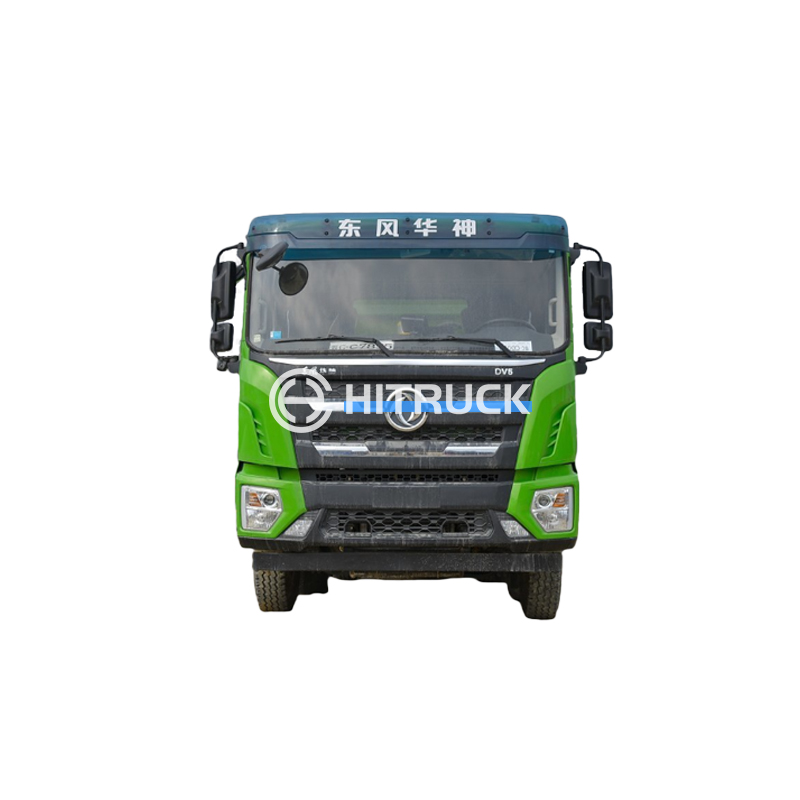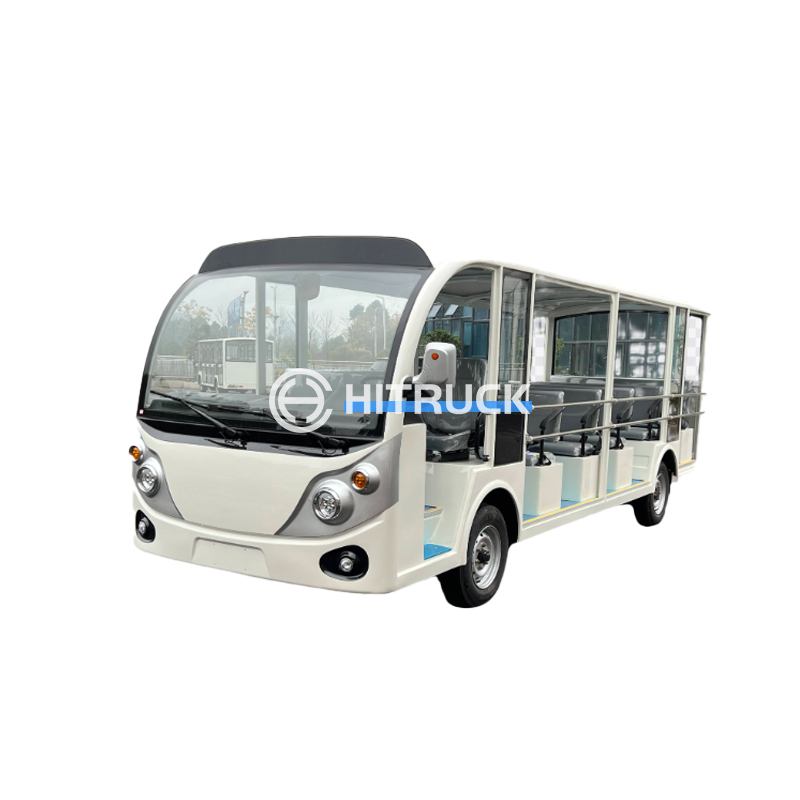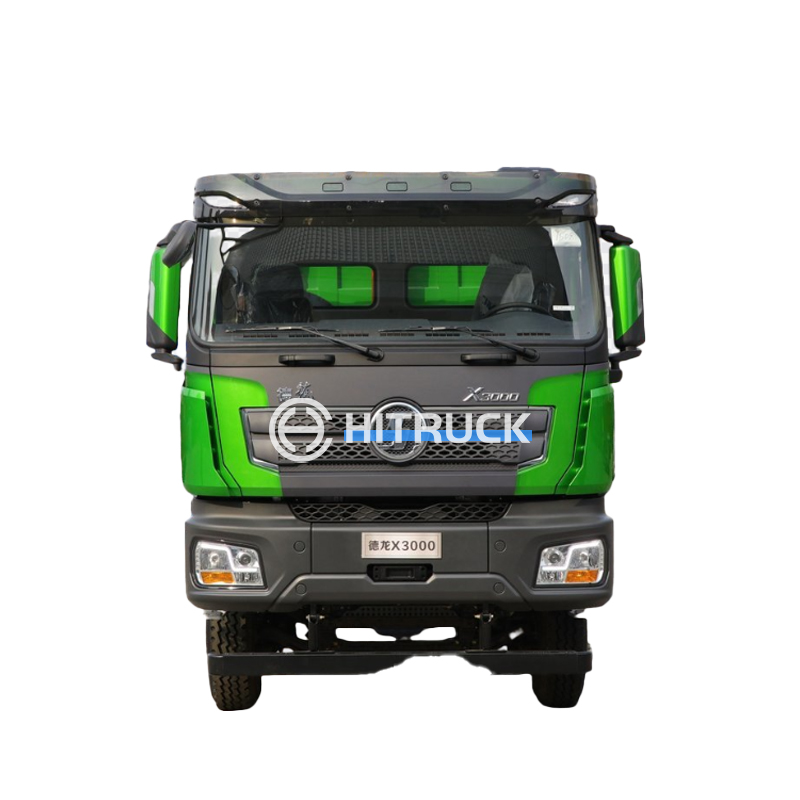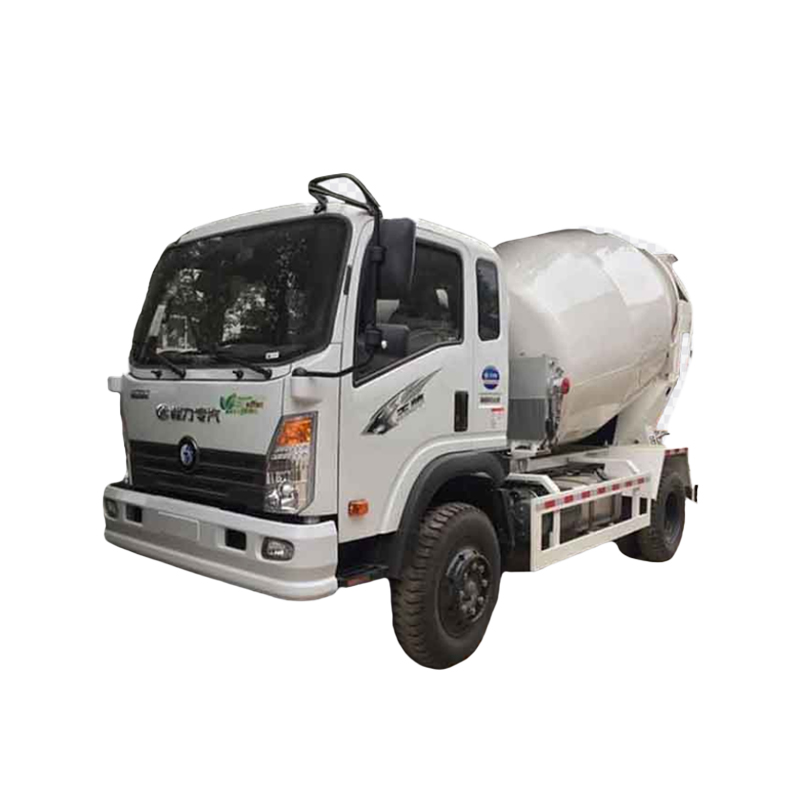This guide provides a comprehensive overview of metro water tanker prices, influencing factors, and considerations for purchase. We'll explore various tanker types, capacities, and materials, helping you make an informed decision. Learn about the total cost of ownership and where to find reliable suppliers.
The capacity of the metro water tanker significantly impacts its price. Larger tankers with higher water-holding capacities naturally command higher prices. Consider your water transportation needs and choose a capacity that aligns with your requirements. Small-scale operations may find a 5000-liter tanker sufficient, while larger-scale projects might require 10,000-liter or even larger tankers. The price per liter decreases with increasing tank size, but remember to factor in the operating costs and potential space constraints.
Metro water tankers are constructed from various materials, each affecting the price. Mild steel is a common and relatively affordable option, offering good durability. However, stainless steel tankers, while more expensive, offer superior corrosion resistance and longer lifespan, making them a worthwhile investment for long-term use. Other materials like fiber-reinforced plastic (FRP) are also used, providing lightweight and corrosion-resistant options, albeit at potentially higher initial costs. Consider the climate and water quality in your location to determine the most appropriate material. A stainless-steel tanker might be preferred in areas with harsh weather conditions and corrosive water.
The inclusion of additional features directly affects the metro water tanker price. Features such as advanced pumping systems, sophisticated filtration systems, and monitoring technologies increase the overall cost. While these features can improve efficiency and operational convenience, it's crucial to assess their necessity and weigh their added expense against the benefits they offer. For instance, a GPS tracking system allows for real-time monitoring of the tanker's location and fuel consumption, valuable for managing logistics, but it represents an additional upfront investment.
Prices can vary significantly depending on the manufacturer and supplier. Researching different vendors and comparing quotes is essential to secure the best price. Reputable manufacturers typically offer warranties and after-sales support, which might justify a slightly higher initial cost. Consider factors such as the manufacturer's reputation, customer reviews, and the availability of spare parts when making your decision. You can find reliable suppliers through online directories or industry associations.
Beyond the initial purchase price, consider the long-term costs. This includes maintenance, repairs, fuel, and driver salaries. These recurring expenses should be factored into your budget to determine the true total cost of ownership. Proper maintenance can prolong the tanker's lifespan, reducing long-term expenses. Regular inspections and timely repairs can prevent costly breakdowns.
Thorough research is crucial before purchasing a metro water tanker. Compare prices and features from different suppliers. Consider your specific needs, budget, and long-term operational costs. Seeking recommendations from other users can offer valuable insights. You might also explore options for leasing a tanker instead of outright purchase, depending on your operational requirements. For comprehensive solutions and a wide range of choices, consider contacting a reputable supplier such as Suizhou Haicang Automobile sales Co., LTD.
The price of a metro water tanker can vary widely based on the factors discussed above. It's difficult to provide a specific price range without more detailed information about your requirements. However, you can expect a significant price difference between a basic mild-steel tanker and a high-end stainless-steel tanker with advanced features. Careful planning and research are essential to find the best balance between cost and functionality.
| Tanker Type | Approximate Price Range (USD) | Considerations |
|---|---|---|
| 5000-liter Mild Steel | $5,000 - $10,000 | Suitable for smaller-scale operations |
| 10,000-liter Stainless Steel | $15,000 - $30,000 | Longer lifespan, better corrosion resistance |
| 15,000-liter FRP with advanced features | $30,000+ | Lightweight, but higher initial cost |
Note: Prices are approximate and may vary depending on the location, supplier, and specific specifications.

